Chop, freeze, or precompost?
iLoveLawn
10 years ago
Related Stories
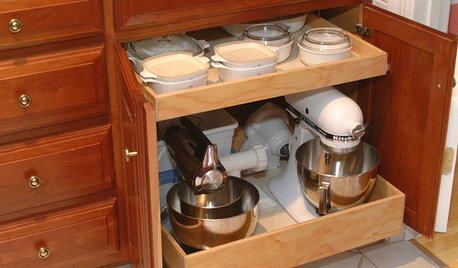
KITCHEN APPLIANCESConsidering a New Kitchen Gadget? Read This First
Save money, time and space by learning to separate the helpers from the hassles
Full Story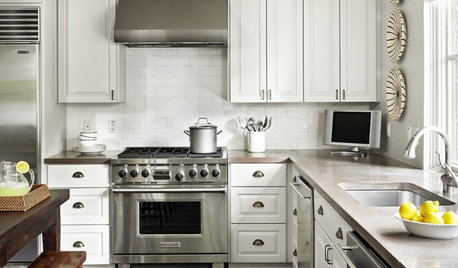
DECORATING GUIDES12 Ways to Style Your Interior Photos Like a Pro
For great home photos, declutter, prop well, and tell a little story
Full Story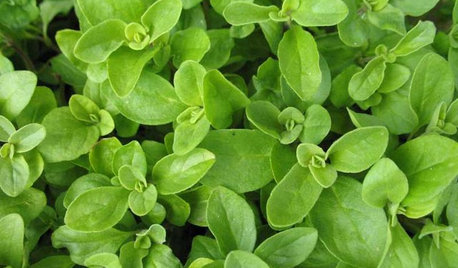
EDIBLE GARDENSHerb Garden Essentials: Grow Your Own Oregano and Marjoram
Say 'buon giorno' to classic Italian herbs you can grow just as easily in pots as in the summer garden
Full Story
FEEL-GOOD HOME21 Ways to Waste Less at Home
Whether it's herbs rotting in the fridge or clothes that never get worn, most of us waste too much. Here are ways to make a change
Full Story
HOME TECHIce Cubes Are Obsolete! New Technology Is Way Cooler
Chill drinks the smarter way than using messy old ice, with these new home tech solutions
Full Story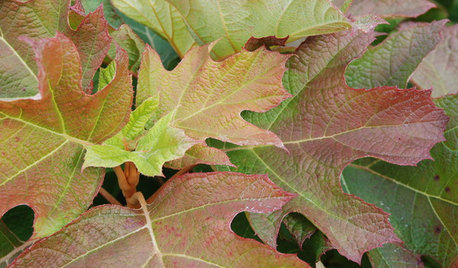
GARDENING GUIDESNortheast Gardener's November Checklist
Let titian foliage and berries, silky milkweed, late-blooming asters and more lure you out into the autumn garden
Full Story
SUMMER GARDENINGHow to Grow Basil
Bright color, quick growth and endless uses for cooking make this summer annual a winner in the garden or a pot
Full Story
EDIBLE GARDENS12 Essential Herbs for Your Edible Garden
Make home cooking and drinks even better with herbs plucked from your own backyard or windowsill pot
Full Story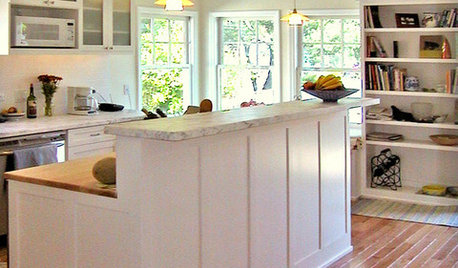
KITCHEN DESIGN8 Kitchen Organizing Ideas for Messy Cooks
Not the clean-as-you-go type? Not to worry. These strategies will help keep your kitchen looking tidy no matter what your cooking style is
Full Story
FALL GARDENING7 Reasons Not to Clean Up Your Fall Garden
Before you pluck and rake, consider wildlife, the health of your plants and your own right to relax
Full StoryMore Discussions






sjensen2533
iLoveLawnOriginal Author
Related Professionals
Derry Landscape Architects & Landscape Designers · Reading Landscape Architects & Landscape Designers · Palm Springs Landscape Architects & Landscape Designers · San Juan Landscape Architects & Landscape Designers · Ellicott City Landscape Contractors · Lake Worth Landscape Contractors · Las Vegas Landscape Contractors · Middle River Landscape Contractors · Norristown Landscape Contractors · San Antonio Landscape Contractors · Bartlesville General Contractors · Browns Mills General Contractors · Enfield General Contractors · Jackson General Contractors · New Milford General Contractorschuckiebtoo
klem1
armoured
iLoveLawnOriginal Author
iLoveLawnOriginal Author
armoured
11otis
iLoveLawnOriginal Author
armoured
klem1
chuckiebtoo
iLoveLawnOriginal Author
klem1
11otis
iLoveLawnOriginal Author
armoured
11otis
iLoveLawnOriginal Author
armoured
Ryin88
ms_minnamouse